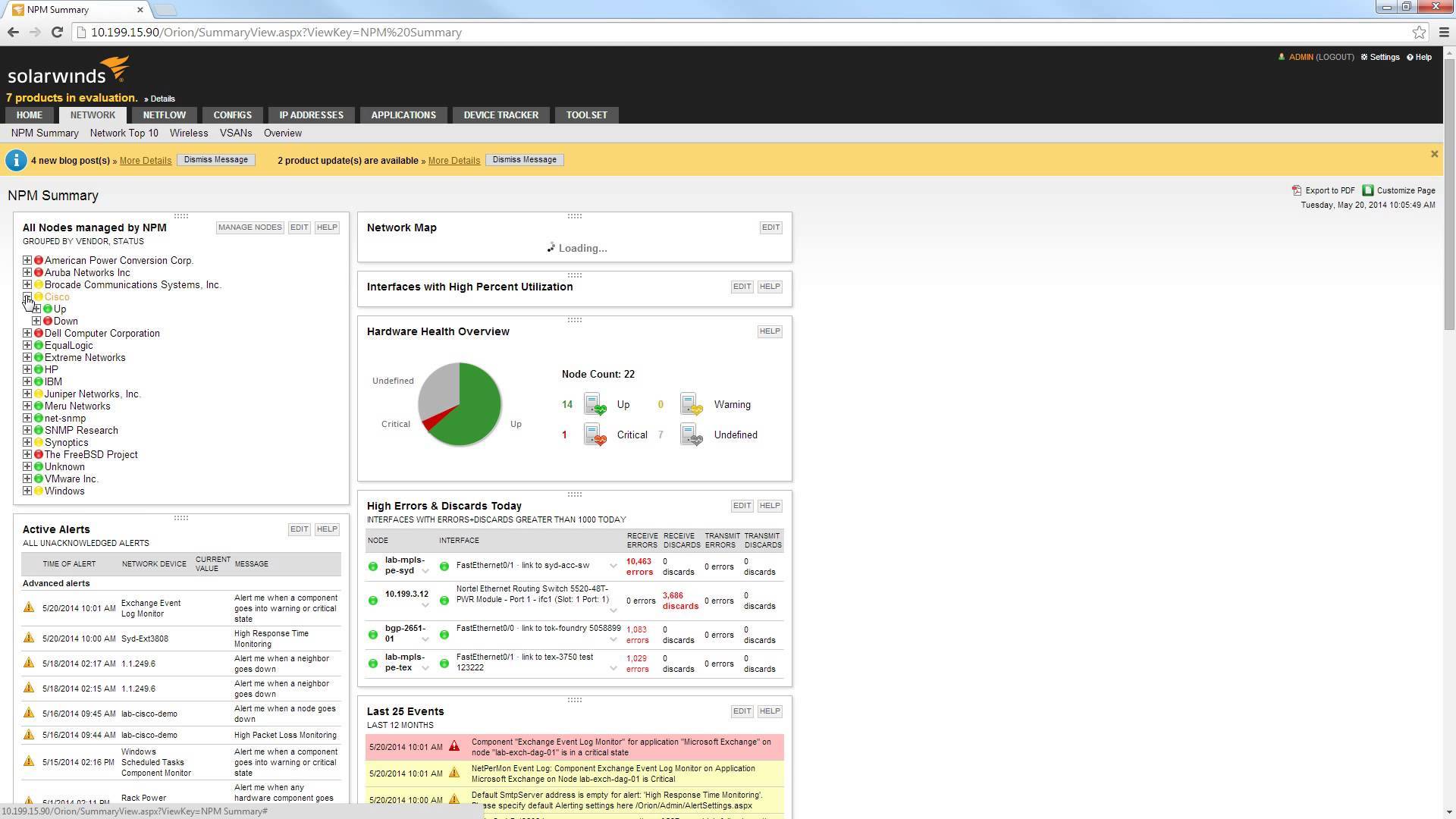


Step 3: Find and Connect With Better Clients By knowing where they hang out, you’ll be poised to find, attract, connect, and sell to them. Which social media platforms do they use?Īs a small business owner who manages a team, you can survey your customers using SurveyMonkey or even Google Forms.What types of websites do they frequent?.To find where they hang out, ask yourself the following questions: (We discuss value propositions in Step 5.) Step 2: Discover Where Your Clients Hang Out Doing this will help you discover where to find them and also help you craft a unique value proposition that talks to them. What did I do? I ran as fast as I could.īeyond defining what you want in a client, also make sure you understand what niche most of your clients fall into as well as their unique problems. In follow-up emails, the client changed their story entirely, saying they couldn’t pay a deposit because they were a small finance department and preferred making one-off payments. I remember, for example, agreeing to a rate and a 50% deposit with one client. Red flags may include potential clients bad-mouthing previous small businesses, making contradictory statements or going back on their word. Often freelancers are so keen to land the work that they don’t notice red flags in the onboarding process. And it’s essential that you assess clients based on those criteria. For instance, if you have a client you always have to convince about the value of your services, and who haggles you on price, your dream client would be the opposite.ĭefining your dream client from the start will give you criteria that you can use to assess all future clients. You can still define your ideal client by looking at what you don’t like about your existing clients. If you don’t have clients you can use as a template, don’t worry. For example, if you enjoy developing websites for small retailers and craftspeople, and find that to be a rewarding market to serve, you’ll know that you would rather do that than work for large retail chains. Is it because they’re easy to work with and pay you on time? Perhaps they give you referrals and a constant stream of work you enjoy doing?Įnjoying what you do is just as important as getting paid, and understanding this will help you identify the type of clients you want to work with. If you currently have one client who you consider to be better than others, use them as a template to help you find others like them.īut make sure you know what makes them a perfect client.

Not to mention the benefits of less stress and anxiety because you’re not worrying about money.īut how do you find and attract these clients? Let’s have a look. This means you can cover your day-to-day costs without having to worry about how you’re going to get the cash. Instead, I now focus on finding better clients: Those who pay me well and on time, give me a constant stream of work, are a pleasure to work with, and give me the opportunity to grow by allowing me to develop and hone new skills.īy working with these clients, you don’t experience cash flow issues due to late payments. Needless to say, I no longer write for that client. Nevertheless, I continued writing for them because I naively thought things would change.Īnd when things didn’t change (surprise, surprise), I eventually got fed up and sent them an email politely telling them that I wasn’t going to write for them until all outstanding payments were made. Not only were they always running on tight deadlines, but getting paid was a nightmare. I found myself working with a problem client early in my writing career.


 0 kommentar(er)
0 kommentar(er)
